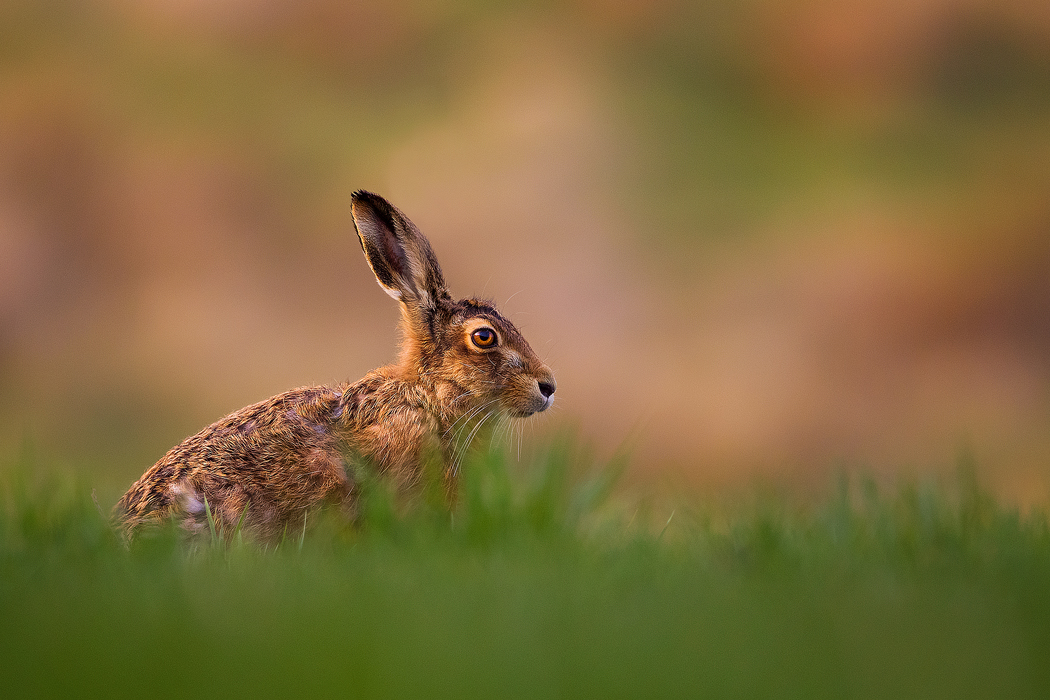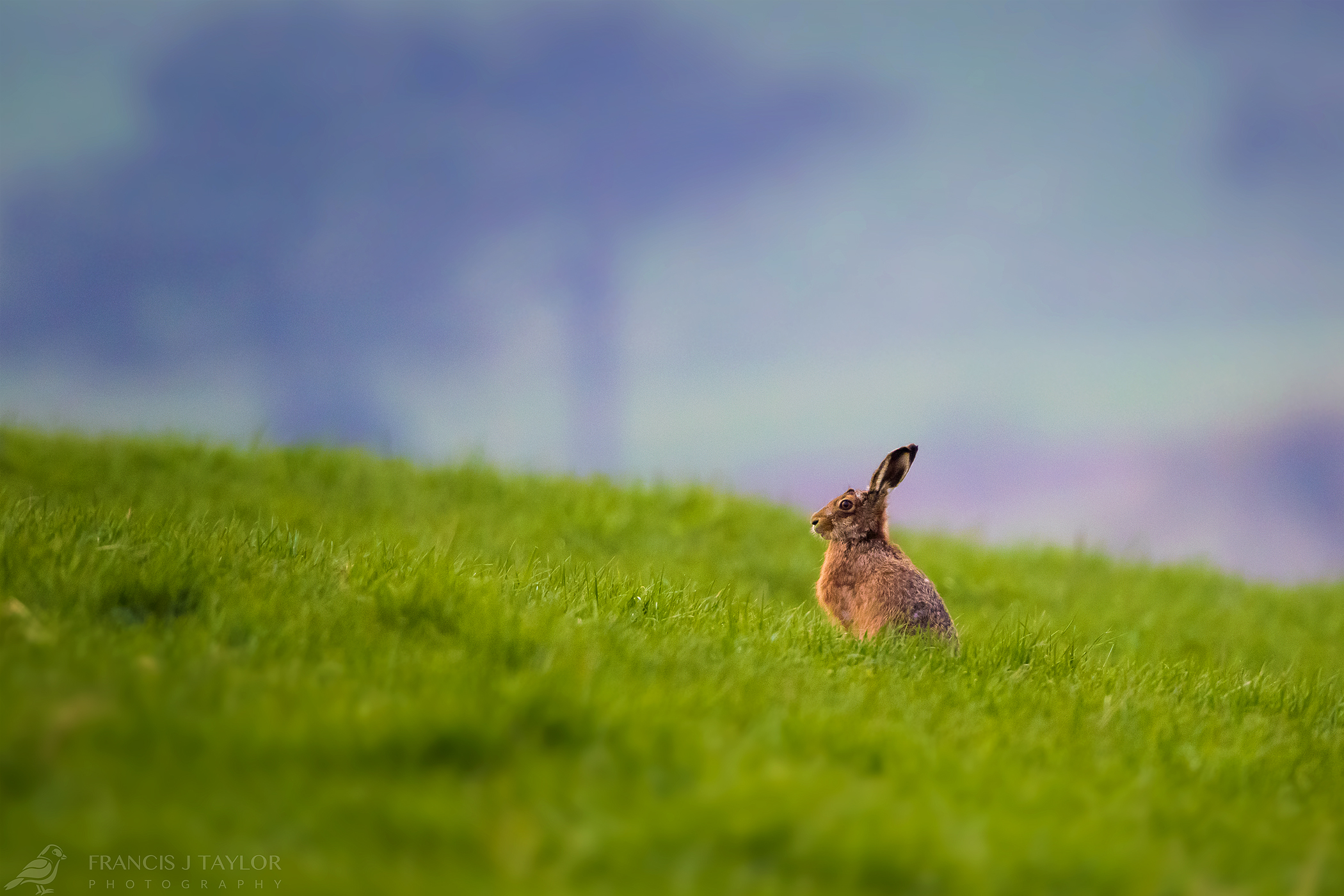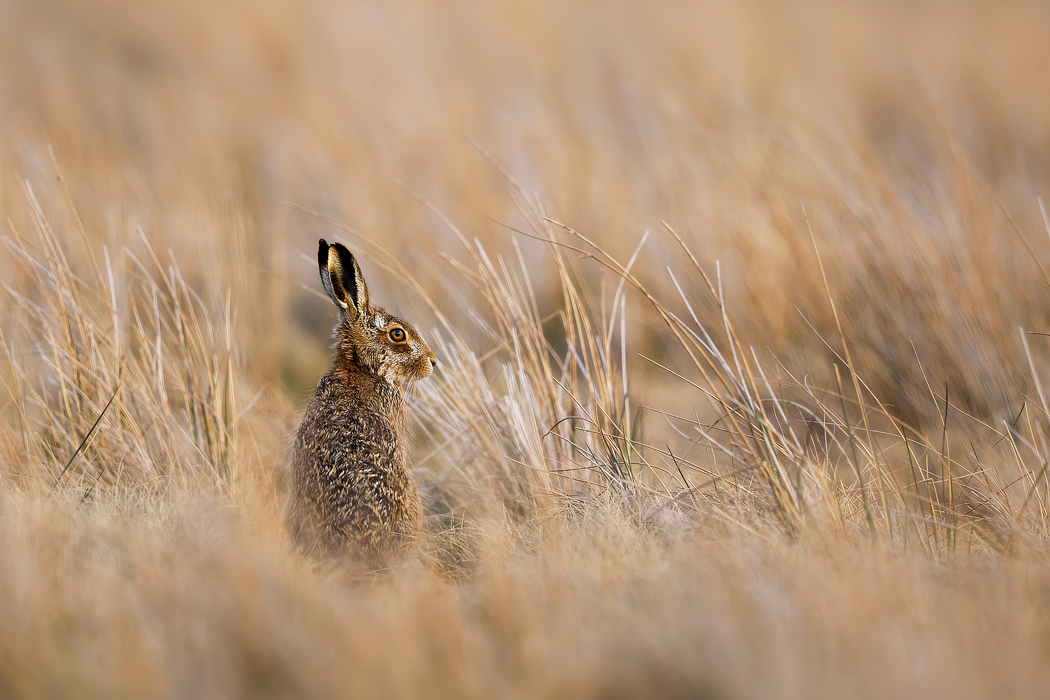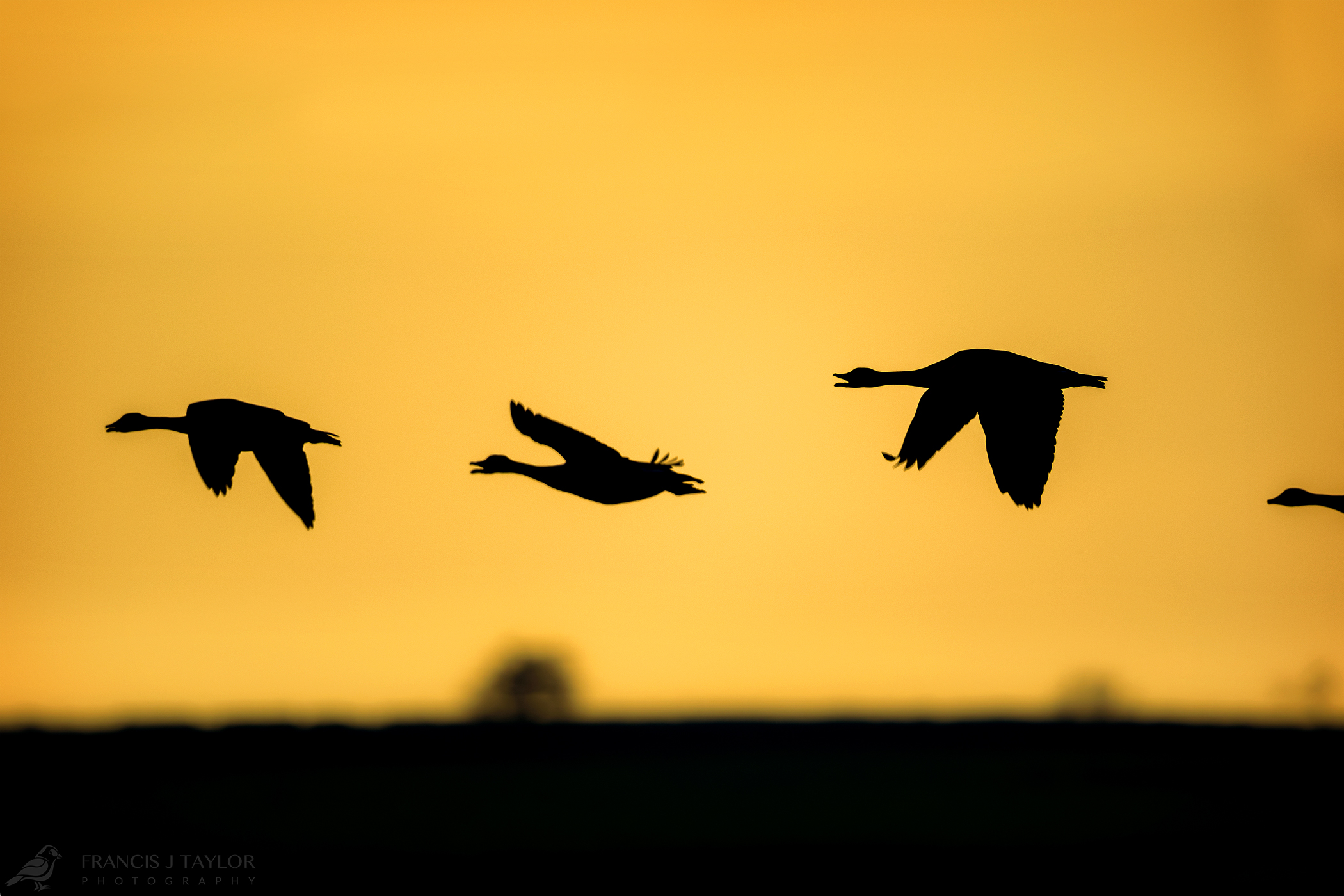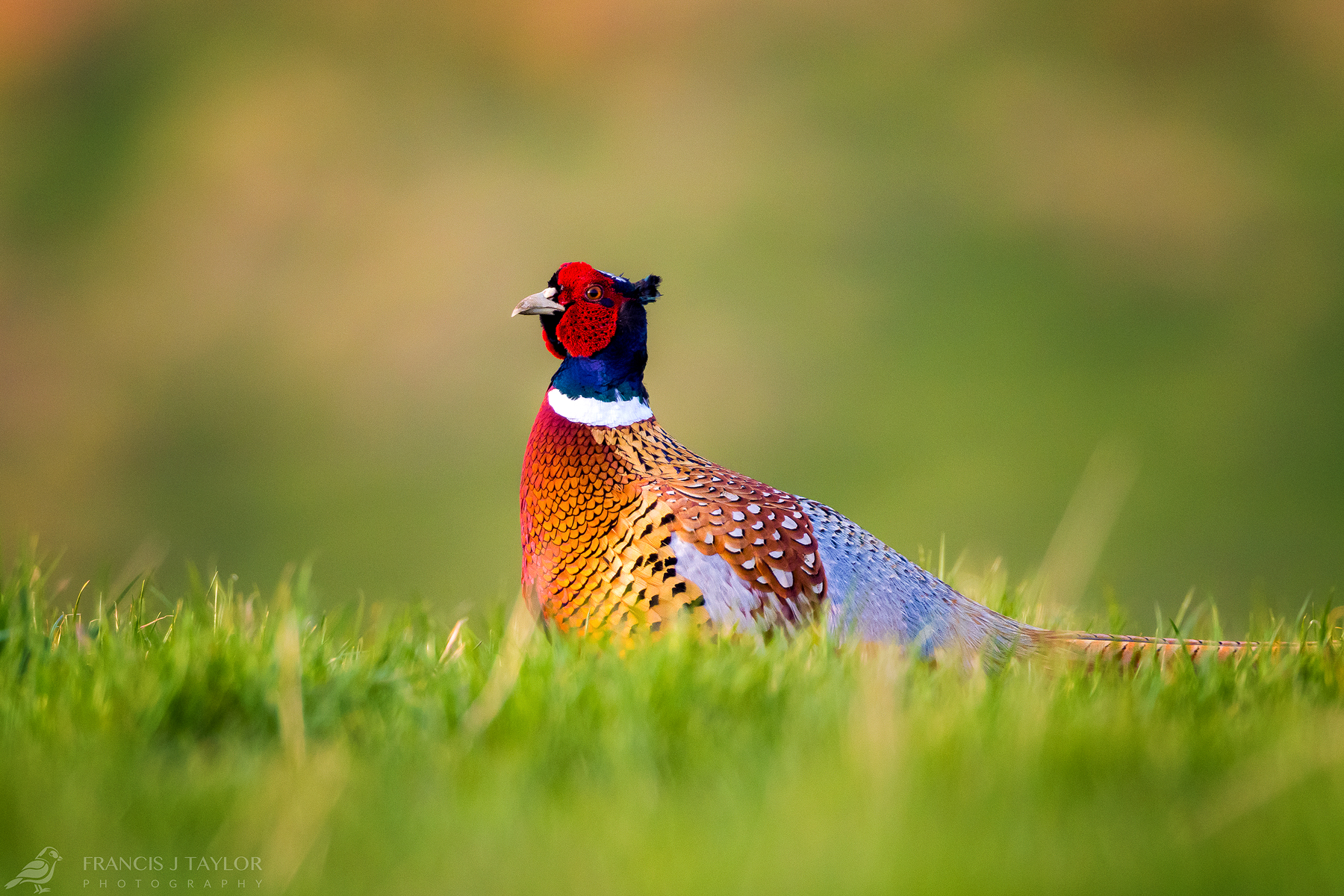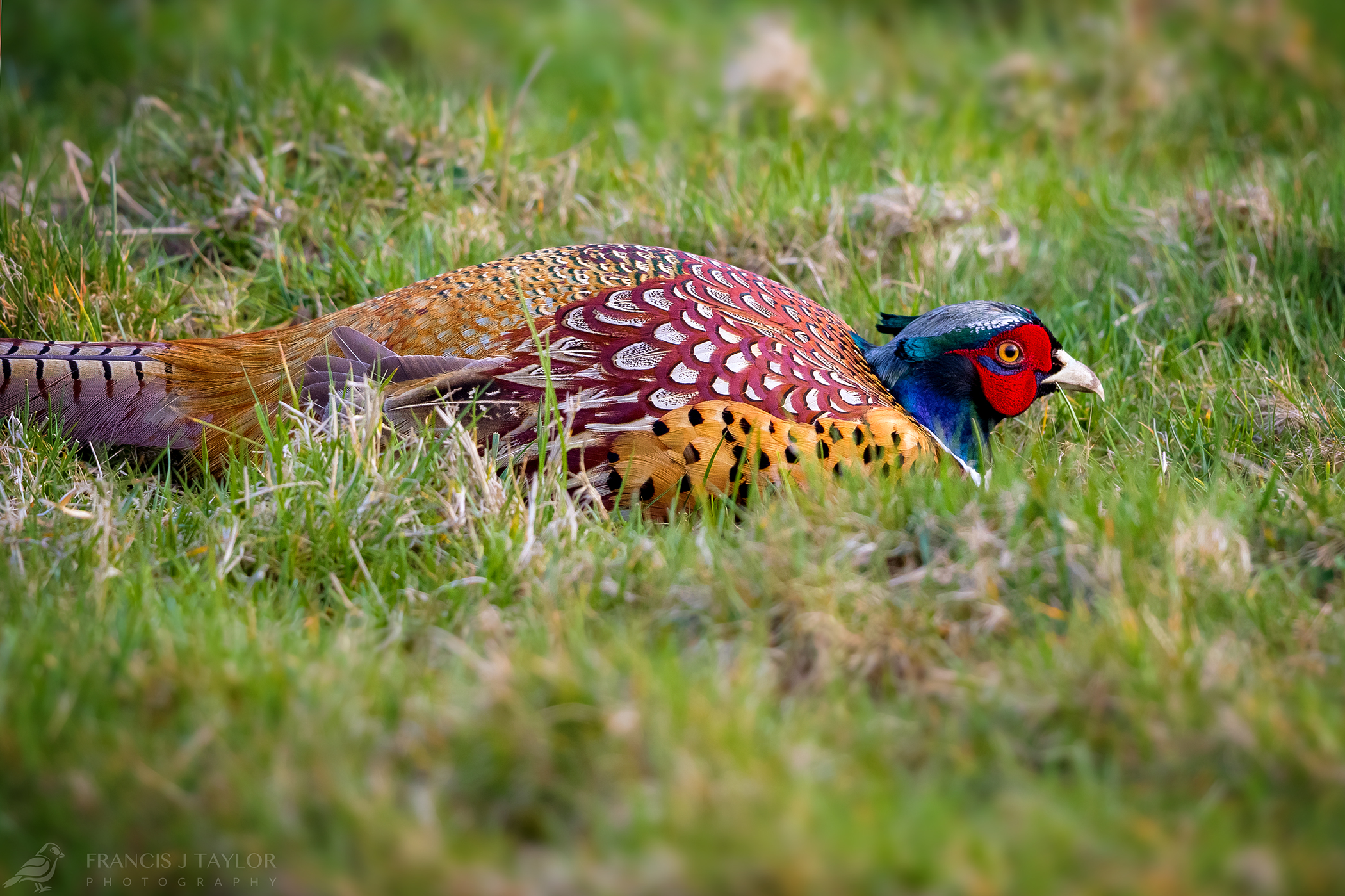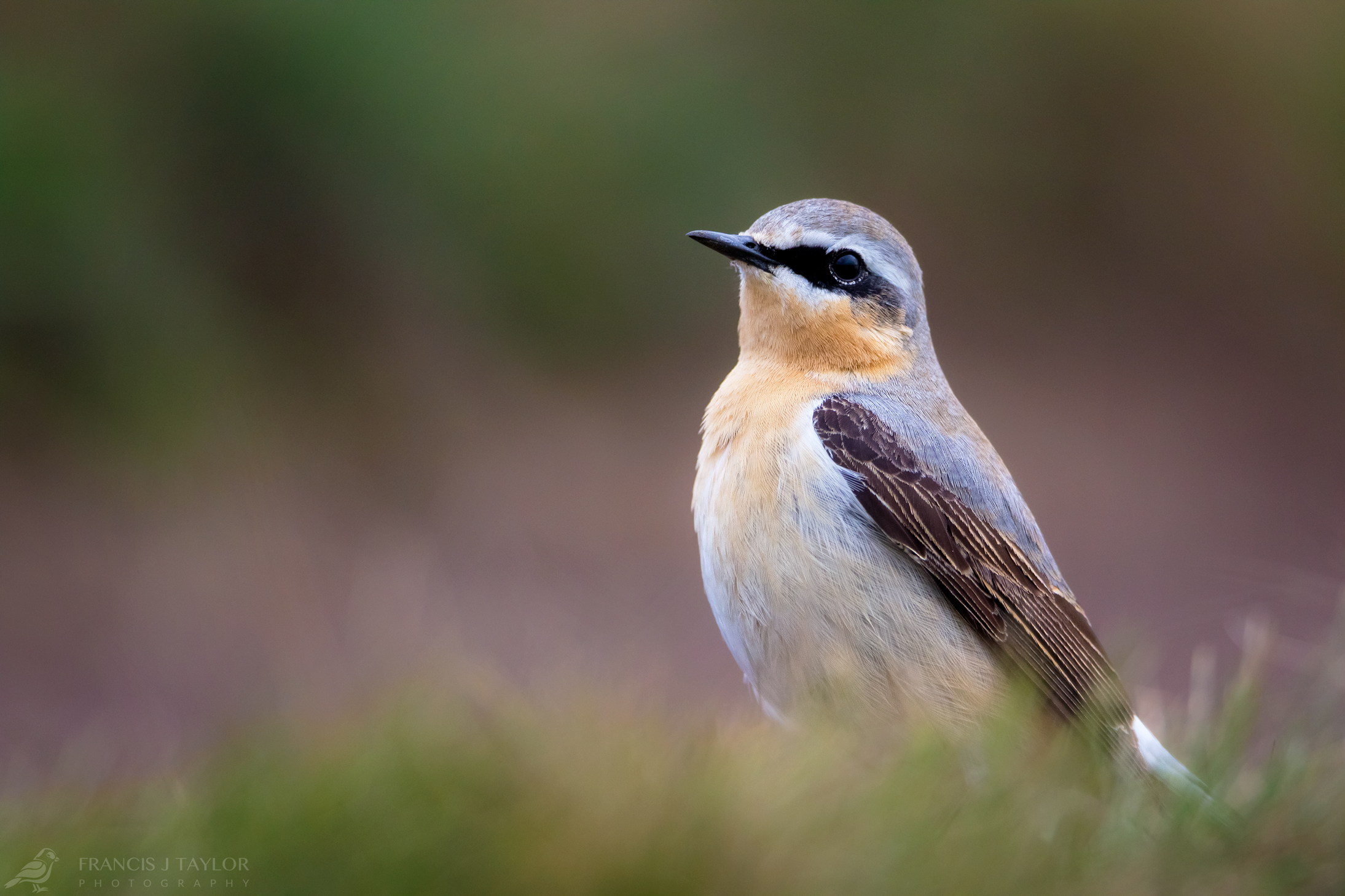Published: 28th April 2015 at 10:56 am. Posted in Blog.
We’ve reached that time of year when the days start to get longer and warmer and the natural world begins to leap into action. Spring flowers bloom and wildlife begins to emerge from hibernation. New lives are born and courtship and mating rituals are in full flow. For me one of the most evocative mammals that suddenly seems to appear at this time of year is the brown hare. Usually a solitary and nocturnal animal, hares can be seen out in the open ‘boxing’ one another. It was originally thought to be the male hares competing in battles, but since been discovered to be the females rebuffing unwanted affection. It’s a sign that spring has well and truly begun. This year I decided to focus on hares during March and April while the Mad ‘March Hare’ season is in full flow.
It has been extremely frustrating getting close due to a combination of very skittish hares, (I suspect due to all the shooting that happens in the area) grumpy farmers and inaccessible fields. This has meant I struggled to get the detailed portraits I was after.
I tend to do most of my wildlife photography on public access land, this gives me the opportunity to set up wherever is best, whether this means waiting for or stalking my subjects, I have a free rein. Private farmland however, is a very different story, as I have been constantly blocked by walls and barbed wire fences. Setting up a hide is not possible as the area is so public and judging by the unfriendly farmers I don’t think they would let me anyway!
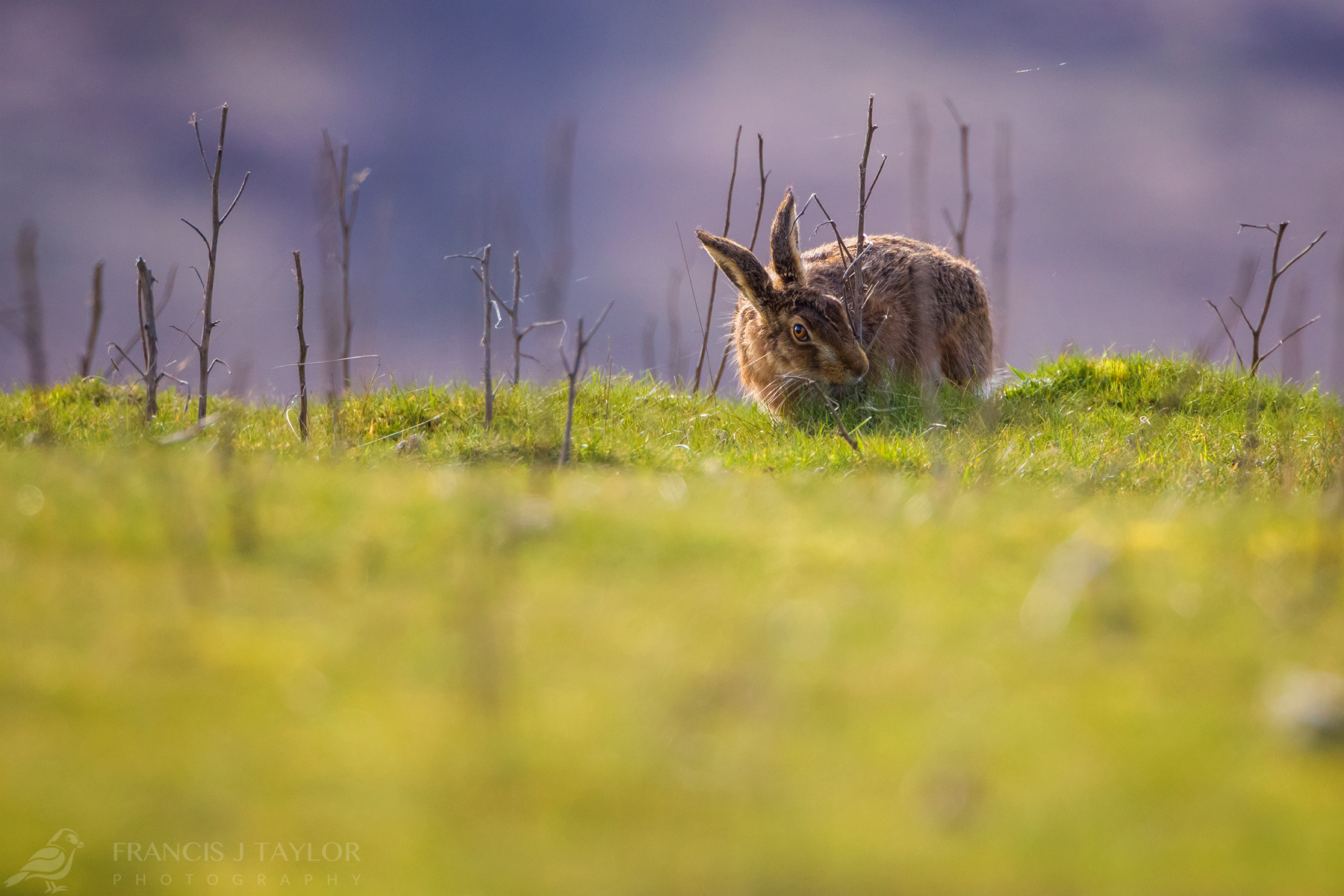
Hare carefully watching me as it chews on a stalk, it beats me what was wrong with the fresh grass below!
This has meant I have had to use stone walls to hide behind in an attempt to get close. This has some advantages as the walls completely hide you from sight on approach and block some of your scent from reaching the hare. The only issues are that it makes getting a low angle near impossible, and if the hare is in the centre of the field it’s just a speck in the viewfinder with no way of me getting closer.
It can often be hard to even spot the hares in the first place as they are masters of camouflage. They can press themselves completely flat to the ground, and if you don’t know what to look for they are easily mistaken for a weathered old molehill or clod of dirt.
Not only masters of camouflage, hares are also amazing escapees, easily clambering over several foot high walls! They are an extremely cautious animal and can often be seen doing strange side hops and following intricate twisting routes to disguise their scent trails.
Unfortunately I haven’t managed to get any action shots of the boxing matches, but this image shows the aftermath . Fights can get quite brutal and injuries are very common such as the eye injury this hare has sustained.
In order to get close to your subject one of the first things to do is to get to know your subject. Take notes of favourite feeding spots and forms, and look out for particular behavioural traits.
With lots of research, perseverance and a good helping of luck, I managed to get a couple of the close portraits I had envisaged.
Whilst out attempting to photograph hares, I also encountered a lot of other wildlife. Even if the subject is very common or ordinary, I try to make the most of every opportunity. You never know what you might capture.
Pheasants are one of Britain’s most colourful birds. They have become so common that many think they are native, but were in fact introduced from Asia around the time of the Romans.
Pheasants, unlike the hares are not so well camouflaged in our fields but this one was still trying!
The Northern Wheatear, a summer visitor to the upland areas of the Peak District. This tiny bird which weighs around just 25g, migrates 18,640 miles (round trip) to breed in the UK. All the way from central Africa!
Whilst the hares are still out and about, the mating season continues a lot longer than many think and hares can have several litters over the year. Grasses begin to get longer and the hares get harder and harder to spot. My task now is to locate some more photography friendly spots for next time, I have some ideas in mind but any suggestions are more than welcome! 🙂
Thanks for looking, feel free to share!
